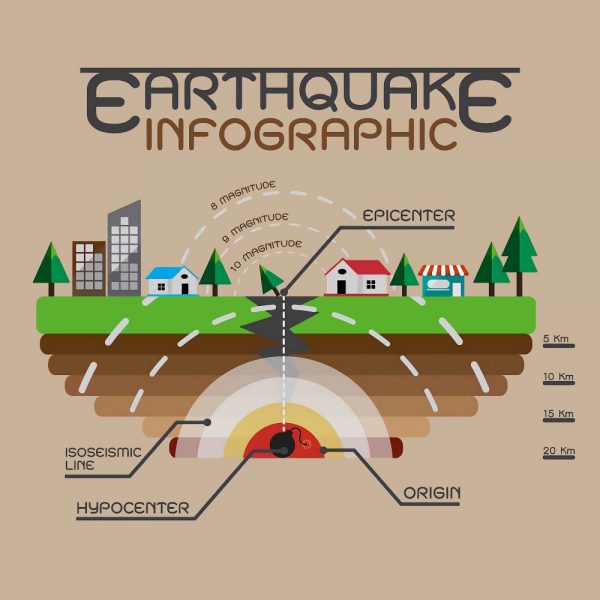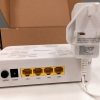Scientists Detect Earthquakes Using Subsea Fibre Optic Cable

Seismologists in California have teamed up with Google to develop a clever new way of detecting Earthquakes by harnessing the internet giant’s existing 10,500km long “Curie” subsea fibre cable, which can transmit data at speeds of 72Tbps (Terabits per second) – via four 18Tbps fibre pairs – between the USA and Chile.
Scientists have already figured out ways to harness these cables in order to detect Earthquakes on land (here), but doing so tends to require the use of spare “Dark Fibre” cables and or special kit, which can be expensive and isn’t particularly viable for existing subsea links. Equally, the high cost of installing Earthquake seismometers on the sea floor means that there’s an ocean sized gap in monitoring that needs to be filled.
Suffice to say that scientists have been trying to figure out a new and more cost-effective way of solving this problem, which is exactly what they seem to have done. But first it’s important to understand that optical fibre infrastructure, such as the Fibre-to-the-Premises (FTTP) broadband ISP networks that are so often talked about on these pages, typically transmit data using pulses of laser light.
Advertisement
The solution that researchers at the California Institute of Technology (Caltech) came up with involves monitoring those light pulses in a live cable, specifically the polarization (i.e. its electric field oscillates in just one direction rather than any which way).
Various external events can change the polarization of light in a land-based fibre, such as lightning strikes and changes in temperature, but it’s a different story in the deep ocean, where the temperature remains fairly stable and there are few disturbances. As such the polarization is fairly stable, except for when there’s a big event like say.. an Earthquake or storm (large waves, tsunamis etc.).
Zhongwen Zhan, Assistant Professor of Geophysics at Caltech, said (Phys.Org):
“This new technique can really convert the majority of submarine cables into geophysical sensors that are thousands of kilometers long to detect earthquakes and possibly tsunamis in the future. We believe this is the first solution for monitoring seismicity on the ocean floor that could feasibly be implemented around the world.
It could complement the existing network of ground-based seismometers and tsunami-monitoring buoys to make the detection of submarine earthquakes and tsunamis much faster in many cases.”
The 9-month-long experiment – running between December 2019 and September 2020 – was able to successfully detect a total of 20 moderate-to-large quakes along the cable, including a 7.7 magnitude event off Jamaica that occurred on 28th January 2020 (this is notable because the Caribbean sits on the opposite side of America from the Curie cable).
By deploying this across more cables Seismologists could build up a much more detailed picture of such events, which may in turn result in earlier warnings and that could save lives. No tsunamis occurred during the monitoring period, but the cable did detect storm related changes in ocean swells (large waves etc.) and so it’s feasible that tsunamis could also be detected.
Advertisement
The team are now developing a machine learning algorithm that could help to detect such events and separate them out from other disturbances, such as sea life or ships moving the cable. This sort of approach will of course be much more effective when multiple fibres can be harnessed together to help root out such disturbances (that reminds this writer of vectoring, which is used to tackle cross-talk interference on copper VDSL lines).
Mark is a professional technology writer, IT consultant and computer engineer from Dorset (England), he also founded ISPreview in 1999 and enjoys analysing the latest telecoms and broadband developments. Find me on X (Twitter), Mastodon, Facebook, BlueSky, Threads.net and Linkedin.
« ISP Plusnet Scraps Pre-Paid UK Line Rental Saver Discount





















































Comments are closed